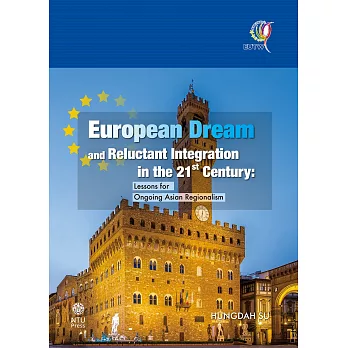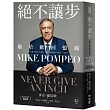To avoid a repeat of those nationalist nightmares, a common European Dream emerged after WWII, which has since developed into some essential doctrines of European integration. This dream-inspired institutionalist context has framed intergovernmental bargaining, sectoral spillovers and transnational cooperation in European integration. The powerful European Dream has even encouraged Europeans toward closer integration, though they were, quite often, very reluctant to go further. This dream-driven approach and reluctant runner’s model have highlighted some fundamental realities of European integration, extremely inspiring for the future of the EU and the ongoing Asian regionalism.
This book consists of three parts and thirteen chapters. It aims to explain European integration, the EU’s role in global governance and the EU’s impact upon Asian regionalism with the help of the European Dream approach and reluctant runners’ model. Trump’s unilateralism, the rising tensions between the US and PRC and the COVID-19 pandemic may be a turning point for world politics. Both globalization and global governance have consequently slowed down, giving place to regionalism and inter-regionalism. This book hopes to contribute to the rising debate over European integration, Asian regionalism and EU-Asian inter-regionalism.



 天天爆殺
天天爆殺  今日66折
今日66折 
























 博客來
博客來 博客來
博客來 博客來
博客來 博客來
博客來 博客來
博客來